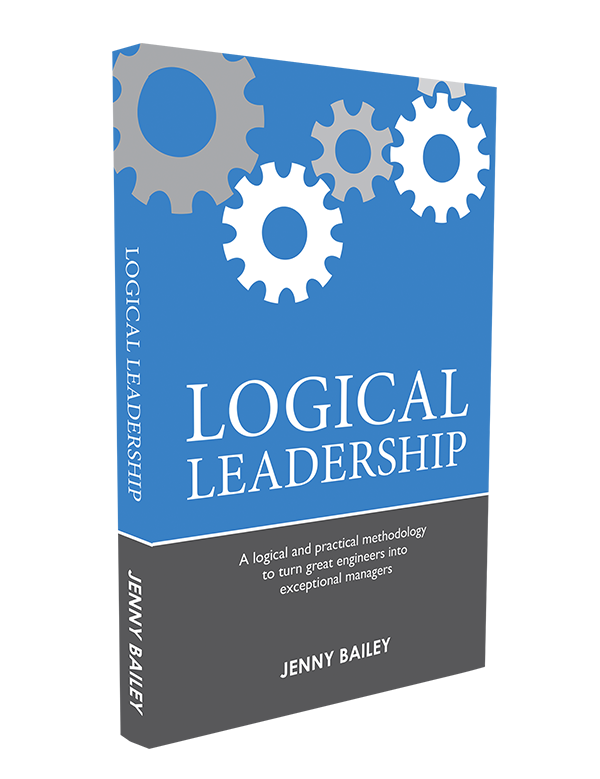Last week, I attended the Engineers Australia College of Leadership and Management event which included a presentation from Minister for Transport and Major Projects, Jacinta Allen (whose passion for building infrastructure to support livability in Melbourne was contagious), and a panel who discussed leadership and engineering.
The Chair of the College for Leadership and Management (CLM), Craig Laslett (CEO Engineering and Services Lendlease), asked Minister what she thought about engineers. Her response was that Engineers give direct and clear advice but misunderstand that politicians need to consider many more issues than engineers realised (she put it much more politely than I just did – because she is a politician and I’m an engineer!).
The follow on discussion with the panel was that engineers have a ‘branding’ problem because they are considered to be the people to deliver the project or technology but don’t have a seat at the table when projects are being considered, are poorly represented on Boards and are not considered collaborative and community focused.
I, too, think that engineers have a ‘branding’ problem. The common view of engineers is that they are men sitting on their computers in dark rooms wearing brown cardigans – pale, stale and male. How can the sector be considered forward-thinking, innovative and collaborative when only 14% of the profession is female and 50% of female engineers leave the profession because they find it ‘too hard’ and feel ‘unwelcome’. Engineering cultures are harsh (for women and men) and require conformity to fit in. And most women don’t feel like they fit in. How can you have creative and collaborative conversations if you expect conformity? How can you be creative and collaborative if nearly 50% of the population are not represented at the table?
The lack of gender diversity is the ‘elephant in the room’ for the Engineering sector. Solving the ‘branding’ problem will require solving the ‘gender’ problem.
I have spoken to hundreds of female engineers and the majority of them continue to tolerate bad behaviour and careers that have been curtailed on the basis of being female or being a mother. I just got off the phone from Sarah (name changed) who described how ever since she started her family she has experienced diminished opportunities which has cumulated in the indignity of being rejected for a management role for which she had years of experience and watch the role be given to a man who had zero people leadership experience. Her confidence is shot and she doubts herself – after 20 years in the automotive industry.
Fixing the gender problem is not just a ‘nice to have’. It is at the root of creating vibrant, creative, collaborative cultures where a diversity of ideas can flourish. It is at the root of the ‘branding ‘ problem.
PS: Congratulations to AECOM who have launched their flex careers which enable women (and presumably men) to take 12 weeks leave to cover the school holidays and to GHD who have recently launched their intern program offered to those wishing to re-enter the sector.
